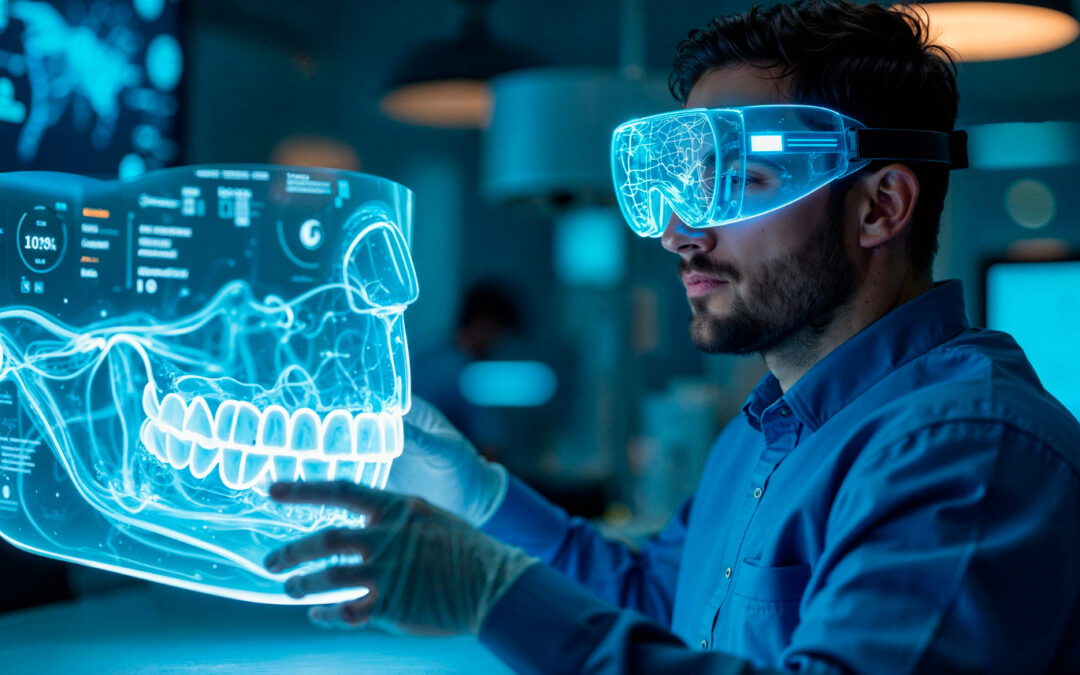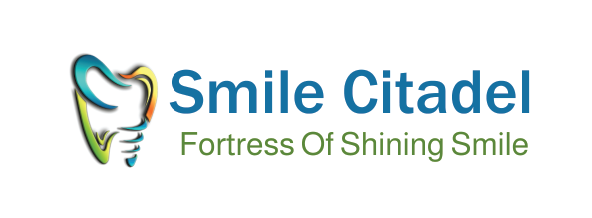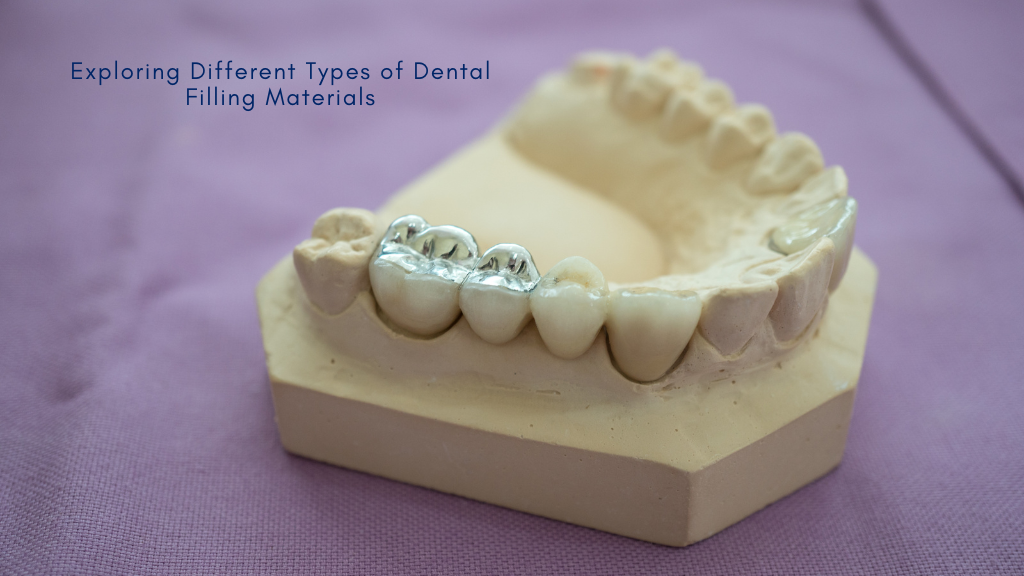
3D Printing in Dentistry: How It’s Changing Crowns and Aligners
If you’ve been to a dentist lately to get your crowns or aligners done, then you might have noticed that the entire process and the technology being used have changed quite a bit. The waiting periods are shorter, and you don’t have to deal with imperfect fits or goopy molds for aligners. Well, if you have noticed any of these, then you can thank 3D printing for making your visits easier and efficient. 3D printers’ integration in the dental field has made treatments faster, cheaper, and way more comfortable for the patients. Since the change, it has brought in the making of crowns and clear aligners has been substantial.
So let’s dive a bit deeper into the nooks and cranny of 3D printers’ impact on the dental world.
3D Printed Crowns: A Faster, Cheaper Solution?
Before 3D printers, getting a crown was often a multi-day process. You’d get a messy impression taken, wait for a few days while it gets made in some lab and then shipped, then schedule another visit, only to find out pretty often that there are still some size issues with it. Thankfully, due to the development in technology, dentists can now take a perfect scan of your dentals with an intraoral scanner, design the crown digitally, and let a 3D printer make it right in the lab. The best part being that the time taken for all this has been reduced to just a few hours, even as short as 15 mins too in some cases.
Because systems like SprintRay Pro S, can print up to 6 crowns in under 15 minutes using durable, ceramic-filled resins that perfectly imitate your real teeth. Meaning that you can get checked, scanned, and have your crowns fit in just one visit. And due to how accurate digital scans are, the printed crowns fit you like a glove, reducing the annoying adjustment processes.
The greatest benefit of this technology is the reduction in cost! Traditionally, crowns would involve labs, shipping, adjustments, multiple visits, and loss of manual labor. But 3D printers cut out the rest of the middlemen between you and your dentist, so the cost reduction can be as big as almost 80% in some cases. Additionally, since 2023, many insurance plans now cover 3D printed crowns as permanent restorations too. Meaning, your savings can get additional savings of their own!
Regardless of all the benefits and cost-effectiveness of 3D printed crowns, they are still far from perfect. Apart from being unable to fully print super-durable materials like zirconia, they also require a final polish to bring about that natural, glossy look. But for most people, the speed, affordability, and perfect fitting is more than a satisfaction for them.
Clear Aligners & Their Impacts
Aligners have greatly replaced metal braces as a more comfortable option for aligning jagged teeth. Clear aligners like Invisalign are probably something you’ve heard of if you’ve looked into or thought of getting aligners ever. Turns out, Invisalign produces around 8 million orthodontics annually thanks to 3D printers.
The process for 3D printing aligners starts with a scan of your teeth where a computer maps out the pattern and adjustments your teeth need to have. The machine then designs an accurate aligner mold for each step, which is then 3D printed. Your aligners are then created on top of these printed molds. This whole process has made aligners so efficient that oftentimes the work is in just a matter of hours, allowing you to receive your aligners sooner. Some practitioners even make them in-house, which reduces the cost and time even further.
How much cost effective are 3D printed aligners you might ask. 3D printers have become quite trendy with time, and after seeing their effectiveness at cutting cost and other middlemen, more and more dentists are opting for it. The clear aligner market already surpassed $4 billion in 2022, meaning that 3D printing is allowing the creation of personalized aligners on a large scale. And thus, reducing the reliance on large labs and manufacturers, which will drive down the cost even further.
However, the R&D on clear aligners isn’t over yet. Researchers are now looking to create aligners using eco-friendly materials, since you need 10-20 per treatment, the waste produced is quite major.
Why Does This Involve You?
So, why should you care about 3D printing in dentistry? Mainly, because they are cost effective, easy to get, and reduce the treatment time. And since about 27% of Americans do not have dental insurance, being able to get treatments of crowns and aligners in a cost effective manner is a huge deal.
This also opens up the door to bigger trends in the industry. During the pandemic, some also handed out at-home impression kits for aligners, which made dental care more accessible and extremely convenient for most people. Integrate AI in that even further, using which you can spot early issues more easily and we’ve got a much smarter, convenient, accessible dental experience than ever before.
What’s Next?
While the advancements in dentistry have been huge in just the past few years, they are far more being over. With new technologies constantly emerging and their versatility towards multiple industries, there may come a time where oral treatments might be on par with some of the most advanced medical treatments available today, with even fewer hassles and reduced costs.


